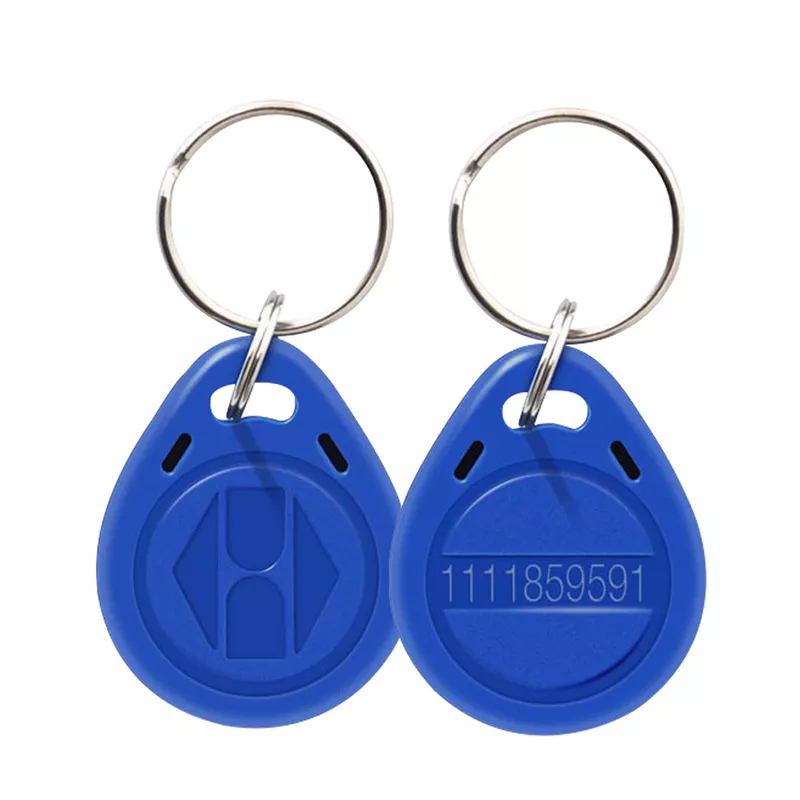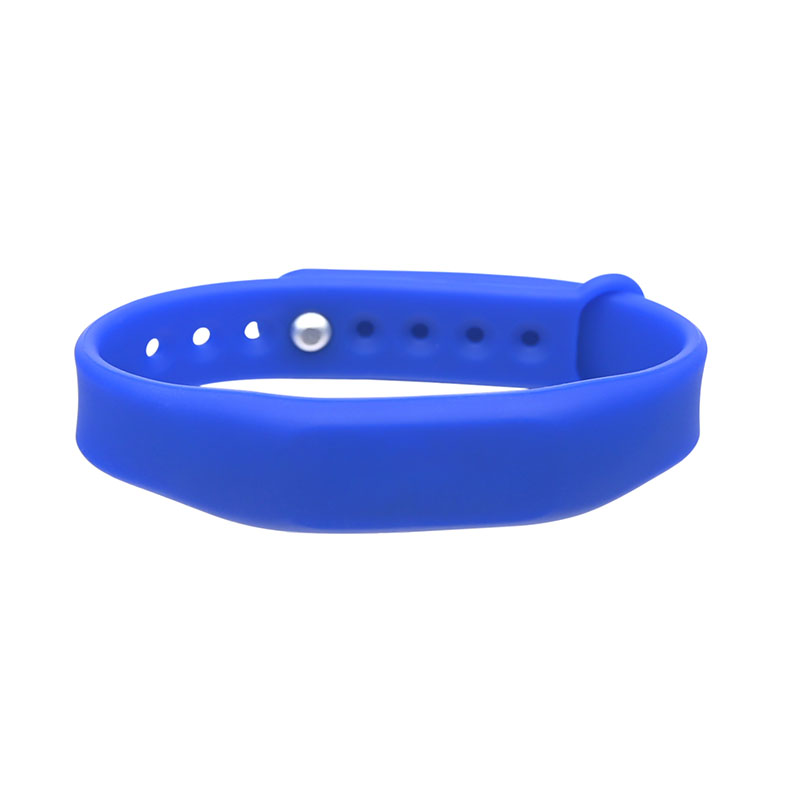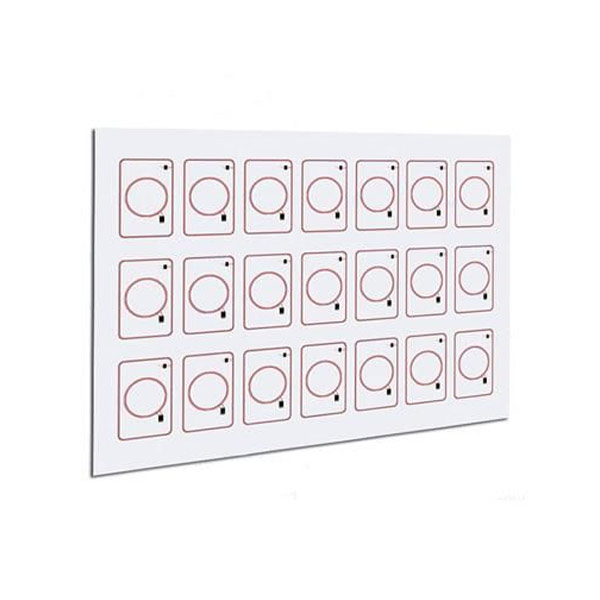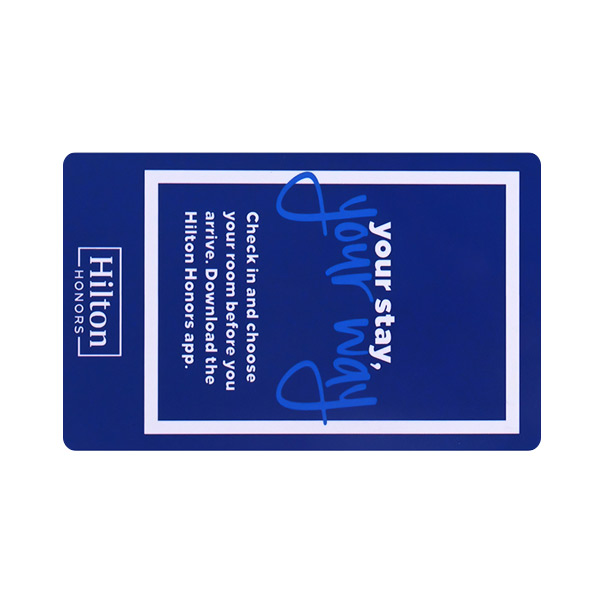Barcode Card Overview
As the name implies, barcode card is to add barcode to the surface of metal card, so that the metal card also has the function of identifying barcode information.
Bar code card overview knowledge a text to read!
Bar code card generally has a metal bar code card and pvc bar code card difference
Metal barcode card adopts the gold card system, using stamping, etching, printing, polishing, plating, color filling, drip glue, packaging and other multi-processes made. It has a unique embossed three-dimensional sense and true gold color, which is the preferred material for making high-grade VIP cards, membership cards, commemorative cards and annual calendar cards. In addition, the card is also especially suitable for making various commemorative cards, such as newlyweds, school celebrations, openings, conferences, retirements, etc. . VIP gold card, membership gold card, discount gold card, business card gold card, etc. K, 24K after a variety of traditional techniques and modern advanced technology refined real gold surface processing. Metal barcode cards are characterized by durable metal materials and high-grade beauty.
pvc barcode card
PVC material is a kind of plastic decorative material. pvc it is the abbreviation of polyvinyl chloride material, is the polyvinyl chloride resin as the main raw material, add the right amount of anti-aging agent, modifier, etc., after mixing, calendering, vacuum plastic absorption and other processes. VIP cards and some convenience cards used in daily life are made of the same material ~ PVC material has the characteristics of light weight, heat insulation, heat preservation, moisture-proof, flame retardant, and simple construction. With various specifications, colors and patterns, it is highly decorative and can be used for interior wall and ceiling decoration, and is one of the most widely used decorative materials among plastic materials. pvc barcode cards are characterized by the fact that this card is printed, so the colors are conveniently diverse.

Bar code overview and development history
Bar code is a combination of lines and blank symbols according to certain coding rules, used to represent a certain number of letters, numbers and other data. For identification, a barcode reader is used to scan and obtain a set of reflected light signals. The signal is converted into a set of electronic signals corresponding to lines and blanks, decoded and restored to the corresponding text numbers, and then transmitted to the computer. Bar code recognition technology has been quite mature, its reading error rate is about one in a million, the first reading rate is greater than 98%. It is an automatic data collection technology with high reliability, fast input, high accuracy, low cost and wide application.
There are about 225 kinds of 1D barcodes in the world, and each 1D barcode has its own set of coding specifications, which stipulate that each letter (which may be text or number or text digit) consists of several lines (Bar) and several blanks (Space) and the arrangement of letters. Generally popular 1D barcodes are 39 codes, EAN codes, UPC codes, 128 codes, specifically for booklet management ISBN, ISSN, etc.
The invention era of various 1D barcodes is summarized in Table 1. 1. The age of standard development is summarized in Table 1. 2. Year of invention represents 1D barcode Year Barcode name Inventor or company Special significance 1949 Bulls Eye Code N. Joe Woodland, Bernard Silver First barcode 1973 1972 Codabar Monarch Marking System 1974 Code 39 David C. Allias (Intermec) First commercial text digital barcode 1976 EAN EAN Association 1981 Code 128 1983 Code 93 Table 1.2 1D Barcode Standards Era of Development Representative Year Barcode Incorporation Standard 1982 Code39 Military Standard 1189 1983 Code39, Interleaved 2 of 5, Codabar ANSI MH10.8M 1984 UPC ANSI MH10.8M 1984 Code39 AIAG Standard 1984 Code39 HIBC Standard From UPC onwards, different barcode standards and specifications have been developed to meet the needs of different applications. Bar code has become an indispensable basic condition for business automation. Barcodes can be divided into One Dimensional Barcode (1D) and Two Dimensional Code (2D) The current application on commodities is still dominated by 1D barcodes, so 1D barcodes are also called commodity barcodes. 2D codes are another kind of barcodes that are getting more and more attention, with stronger functions and wider applications than 1D barcodes. The details will be introduced in the next chapter. At present, there are about 225 kinds of 1D barcodes in the world. This book only introduces the most commonly used standards, such as UPC, EAN, Code 39, Code 128, etc. At present, there are about 225 kinds of 1D barcodes in the world. This book introduces only the most commonly used standards, such as UPC, EAN, Code 39, Code 128, etc. In addition, books and periodicals also have international unified codes, especially ISBN (International Standard Book Number) and ISSN (International Standard Serial Number).





